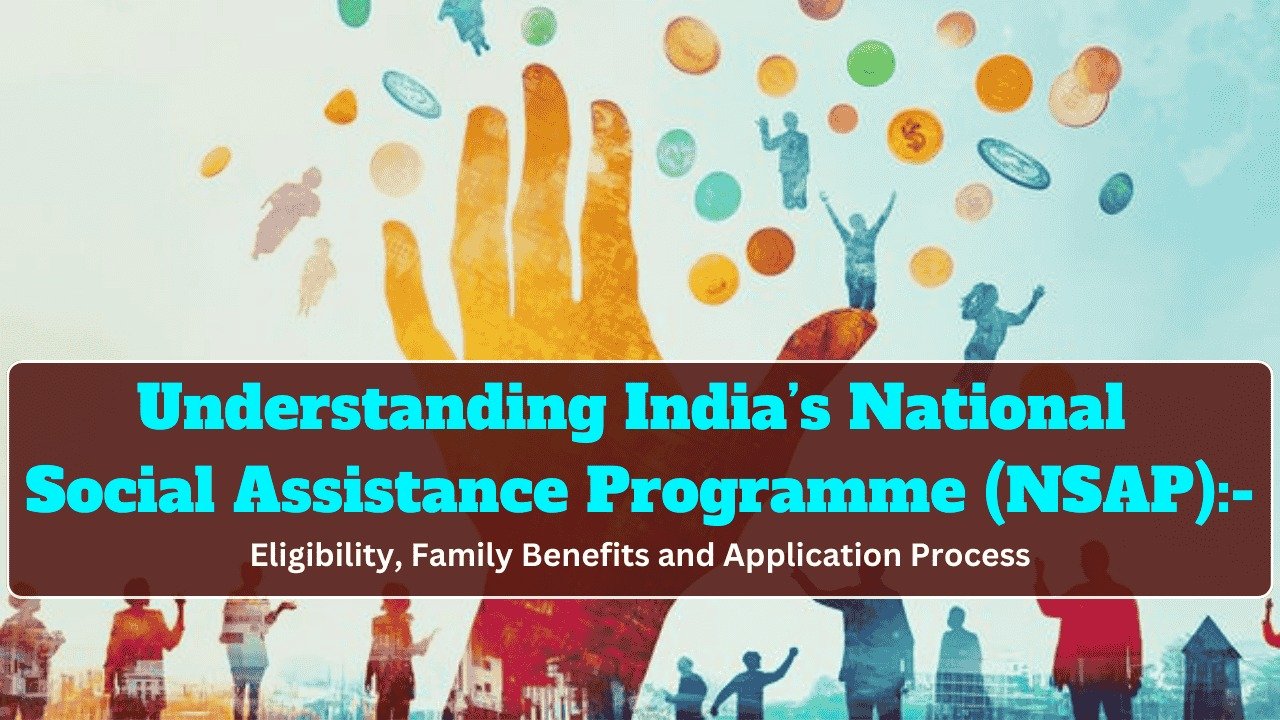
India’s rural landscape has been steadily transforming over the past decade through one of the country’s most ambitious poverty alleviation programs – the Deendayal Antyodaya Yojana-National Rural Livelihoods Mission (DAY-NRLM), commonly known as “Aajeevika.” This program represents a significant shift in how India addresses rural poverty by focusing on sustainable livelihood creation through community participation.
What is Aajeevika?
Aajeevika, or DAY-NRLM, is a poverty reduction program launched by the Government of India’s Ministry of Rural Development. The program aims to help rural poor families escape poverty by organizing them into self-help groups (SHGs) and providing support for livelihood activities. Unlike previous approaches that relied heavily on government handouts, Aajeevika focuses on empowering communities to become self-reliant.
What is DAY-NRLM?
Launched in 2011, DAY-NRLM is one of the world’s largest poverty reduction initiatives. Rather than treating rural poor as passive recipients of aid, this program recognizes their inherent abilities and determination to improve their own lives. The mission’s name itself reflects its core philosophy – “Antyodaya” means the rise of the last person.
This flagship program, implemented by India’s Ministry of Rural Development, aims to reach approximately 100 million rural households by 2023. Its ambitious goal is to help these families access sustainable livelihood opportunities through both self-employment and skilled wage employment.
The Four Pillars of DAY-NRLM
The program works through four interconnected components:
- Social Mobilization: Bringing rural women together to form self-managed, financially sustainable community groups
- Financial Inclusion: Connecting the poor with banking services and credit opportunities
- Sustainable Livelihoods: Developing skills and creating income-generating activities that last
- Social Inclusion: Ensuring access to government services, entitlements, and development programs
The Power of Women’s Self-Help Groups
At the heart of DAY-NRLM are women’s Self-Help Groups (SHGs). These small collectives of 10-15 women from similar socioeconomic backgrounds meet regularly to save money together and support each other. What begins as simple group savings often grows into much more:
- Members can take small loans from their pooled savings
- Groups connect with banks for larger loans as they build financial history
- Women develop confidence, leadership skills, and collective bargaining power
- SHGs form federations at village and district levels to increase their impact
This approach recognizes that poverty isn’t just about lack of money – it’s also about lack of voice, power, and connections. By bringing women together, DAY-NRLM helps address these deeper dimensions of poverty.
From Dependency to Self-Reliance
What makes DAY-NRLM different from many previous anti-poverty programs is its focus on building capabilities rather than creating dependency. The program invests in developing what it calls “social capital” – community resource persons who can train and support others.
This peer-to-peer model has proven remarkably effective. When farmers learn improved techniques from someone in similar circumstances who has succeeded, the learning is more likely to stick. When women see their neighbors successfully running small businesses, they begin to believe they can do the same.
The Journey from Concept to Reality
DAY-NRLM didn’t emerge from thin air. It evolved from an earlier program called Swarnajayanti Grameen Swarojgar Yojana (SGSY) and learned from successful community-based projects in states like Andhra Pradesh, Bihar, Kerala, Tamil Nadu, and Telangana.
Key improvements in the DAY-NRLM approach include:
- A demand-driven approach with clear timelines and outcomes
- Dedicated support organizations with community-level presence
- Creation of higher-level federations to provide last-mile services
- Broader focus addressing multiple dimensions of poverty including assets, skills, income, consumption, and risks
- Stronger convergence with other government programs and safety nets
Guided by Strong Values
The program operates on several core principles:
- The poorest must be included and have meaningful roles
- All processes and institutions must be transparent and accountable
- The poor and their institutions must have ownership at every stage
- Communities should work toward self-reliance and independence
Looking Forward
DAY-NRLM represents a significant shift in how we think about poverty reduction. Rather than seeing the poor as problems to be solved, it recognizes them as partners with inherent capabilities and agency. By investing in people’s ability to help themselves and each other, the program creates changes that can persist long after any particular intervention ends.
As we face growing challenges of rural development worldwide, this approach offers valuable lessons about the power of community, the importance of ownership, and the transformative potential of investing in women’s collective action.
The path out of poverty is never easy, but programs like DAY-NRLM show that when people walk it together, supporting each other step by step, lasting change becomes possible.




